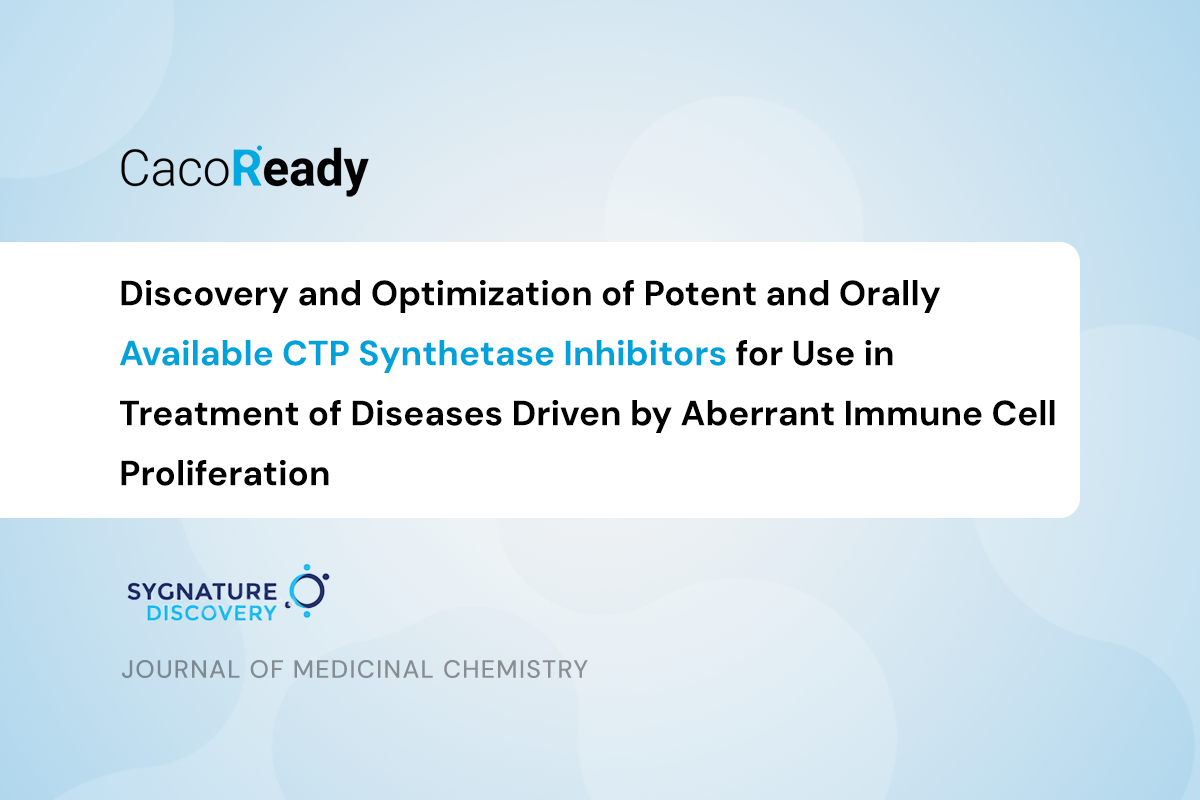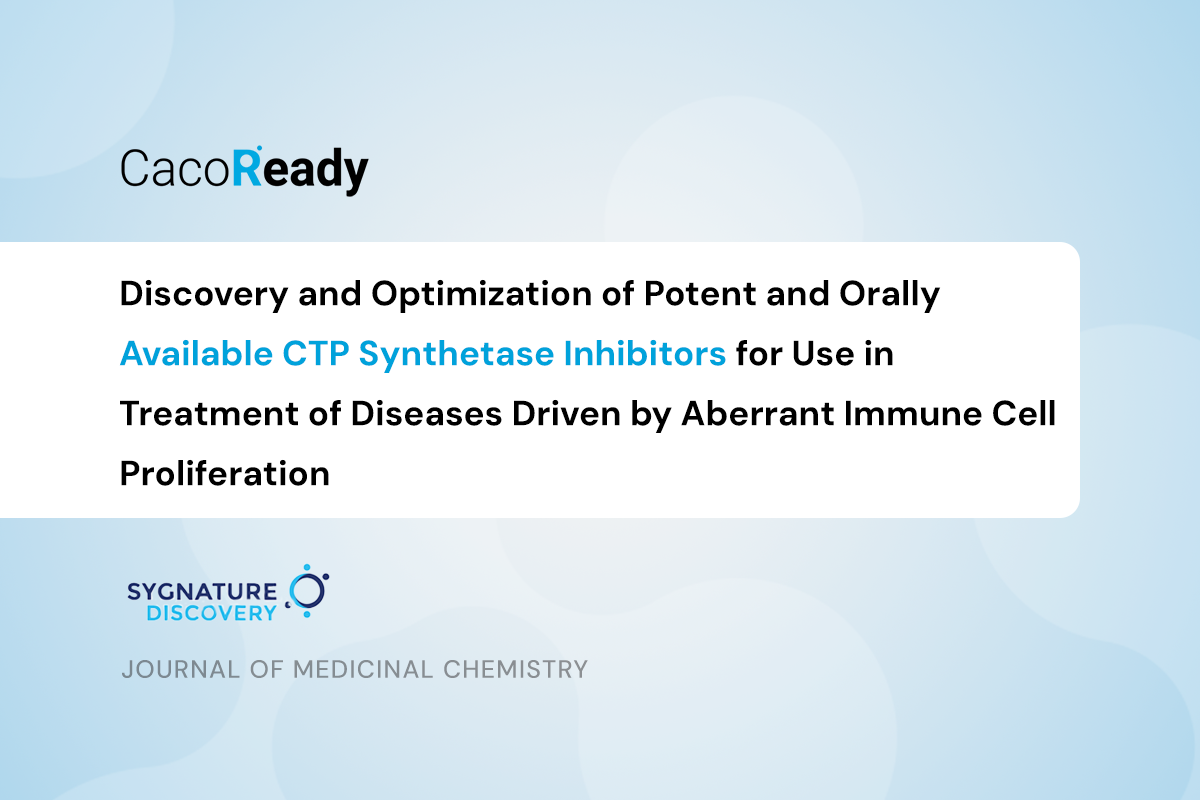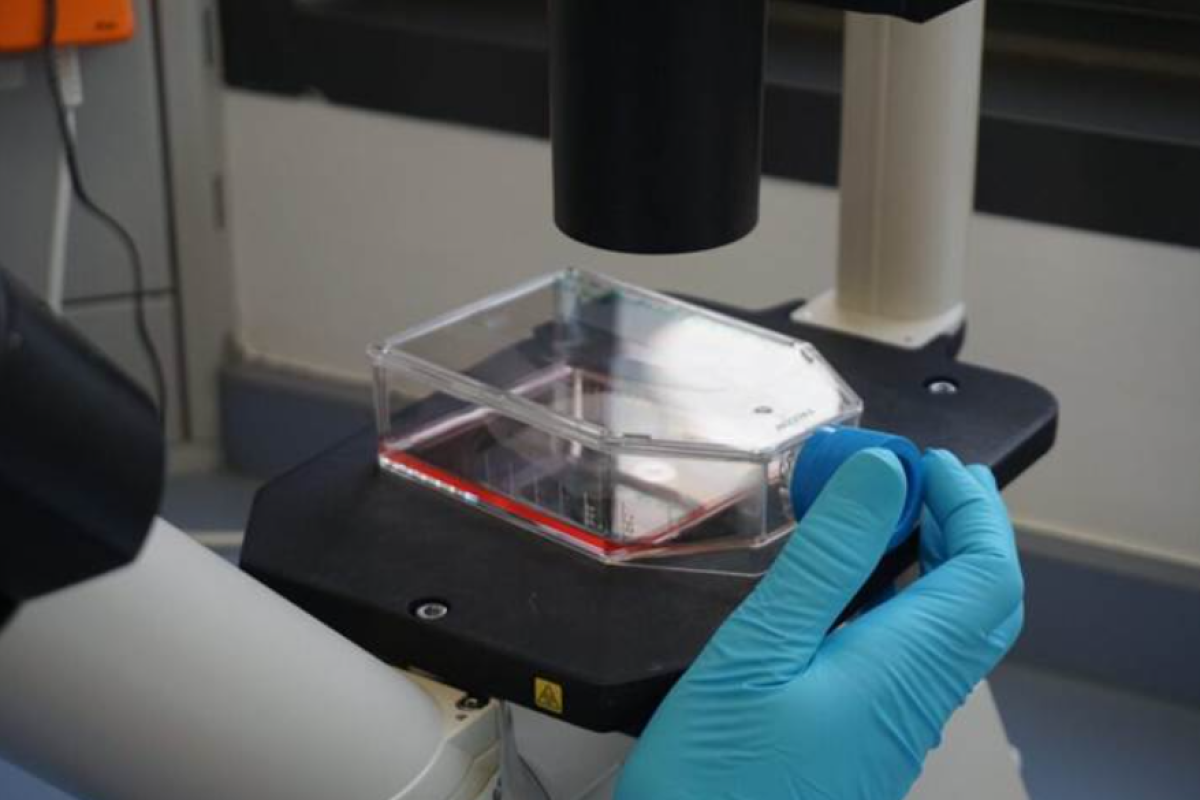A study led by the company Chiesi Farmaceutici and published in the Pharmaceutics Journal has relied on CacoReady ready-to-use plates as part of its permeability research.
The publication, entitled Daily Intraperitoneal Administration of Rosiglitazone Does Not Improve Lung Function or Alveolarization in Preterm Rabbits Exposed to Hyperoxia, explored the efficacy of three thiazolidinediones (TZDs) in preterm rabbits with bronchopulmonary dysplasia (BPD).
About the study
Bronchopulmonary dysplasia is a chronic lung disease that affects approximately 35% of infants born before 28 weeks of gestation. It results from prolonged exposure to supplemental oxygen and mechanical ventilation, which can damage underdeveloped lungs. Despite advances in neonatal care, including prenatal steroids and noninvasive ventilation, BPD remains a significant neonatal health challenge.
Because TZDs act as peroxisome proliferator-activated receptor gamma (PPARγ) agonists, they have been investigated for their role in lung development and tissue repair. This study examined rosiglitazone (RGZ), pioglitazone (PGZ), and DRF-2546 to determine their potential therapeutic effects in preterm rabbits.
In this study, for the TZDs in vitro assays, the team investigated:
- PPARγ selectivity
- Epithelial permeability
- Lung tissue binding
The role of CacoReady plates in permeability testing
For the in vitro permeability assays, researchers used CacoReady plates, which arrive pre-seeded and differentiated in a 96-well format. The study included control compounds such as sulpiride (low permeability control), metoprolol (high permeability control), talinolol (P-glycoprotein (P-gp) substrate control), and GF120918 (P-gp inhibitor).
During the experiment, cell monolayers’ integrity was assessed before and after the assay by measuring the transepithelial electrical resistance (TEER). Besides, the permeability of the compounds across the cell monolayer was determined by measuring their transport from apical to basolateral and basolateral to apical in the absence and presence of a P-gp inhibitor.
After samples were collected, results indicated a high permeability of RGZ through biological membranes. The assay also showed high bidirectional Papp values for all TZDs and independence of P-gp-mediated transport with no involvement of efflux transporters.
Study findings
The study proved that the three TZDs investigated here, RGZ, PGZ, and DRF-2546, have high epithelial permeability and plasma and lung tissue binding in vitro, with rosiglitazone showing the highest affinity for PPARγ.
However, pharmacokinetic analysis in preterm rabbits revealed that despite effective distribution via intratracheal and intraperitoneal administration, RGZ did not improve lung function under hyperoxic conditions. Furthermore, higher RGZ doses led to a decline in lung function.
Read full article: Aquila G, Ceccarelli S, Sabatini C, et al. Daily intraperitoneal administration of rosiglitazone does not improve lung function or alveolarization in preterm rabbits exposed to hyperoxia. Pharmaceutics. 2023;15(2):328. doi:10.3390/pharmaceutics15020328.










